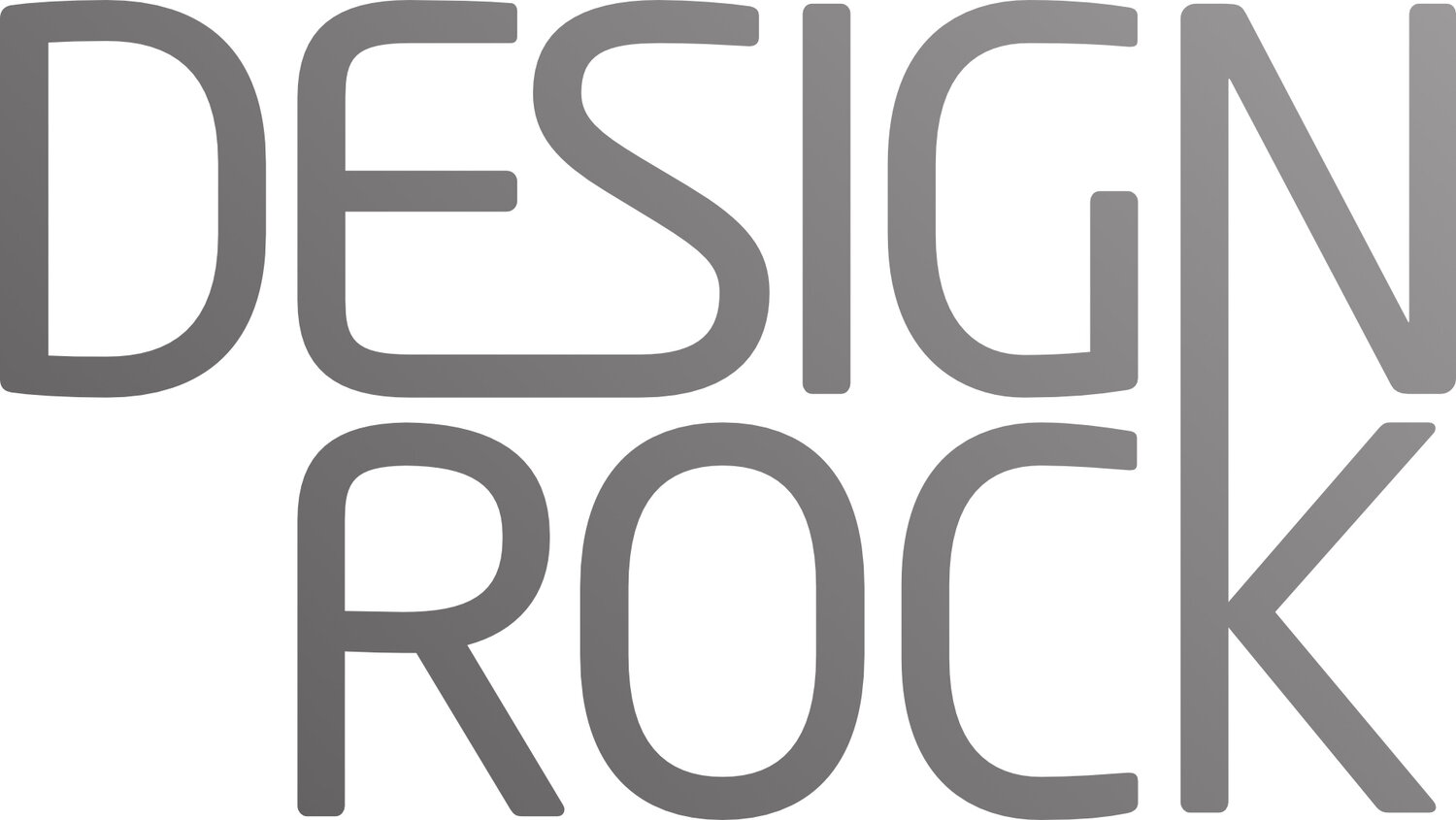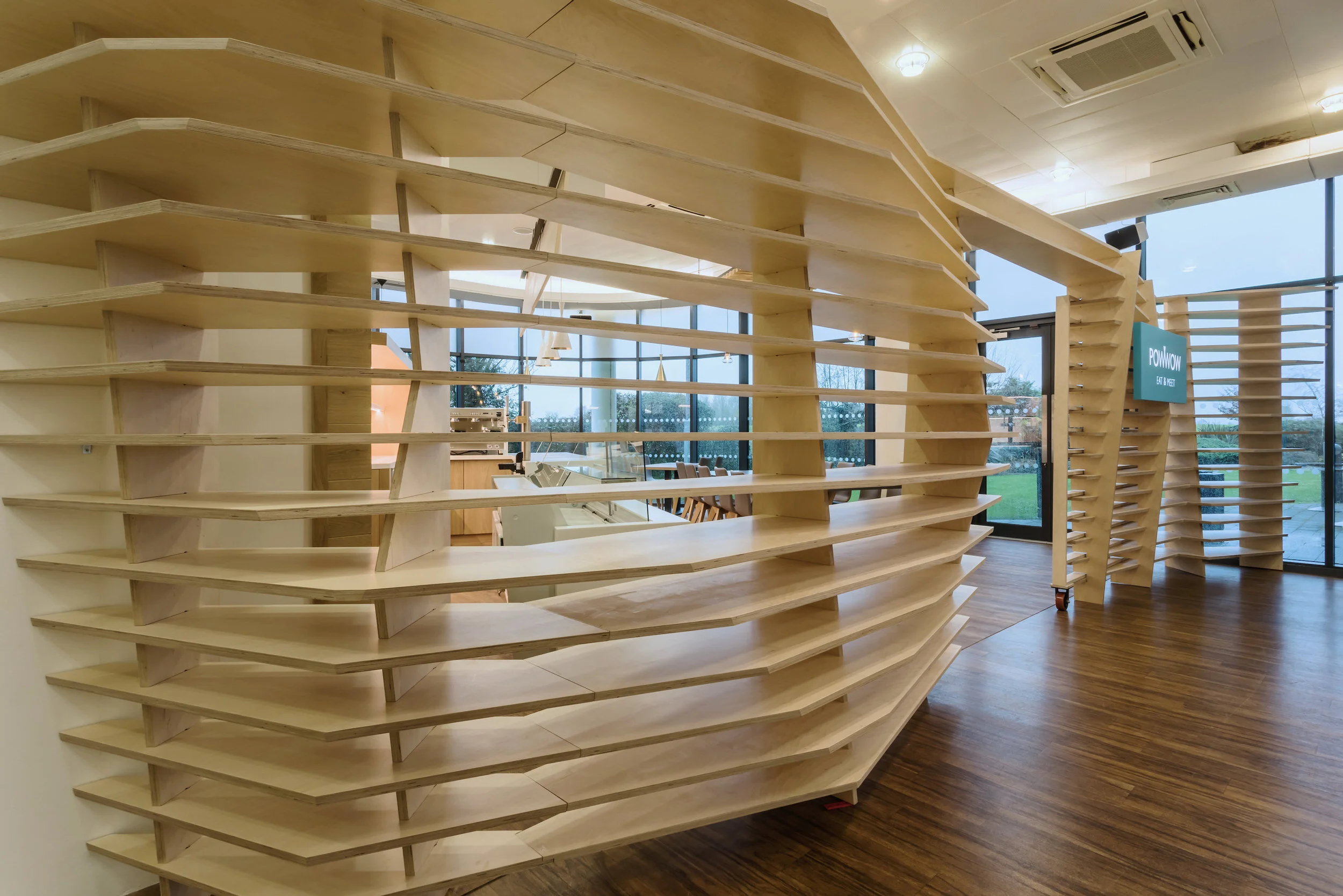Business interior design fundamentals
Make your space work for your business - part two
So how do you know if the interior created for you has the power to unleash the magic of your business?
What’s great is that the quality of a design is measurable, even before it’s been built. To evaluate the effectiveness of the interior design for your business environment, all you need do is consider a few fundamentals.
First and foremost remember that design is a commercial service, not an artistic endeavour!
Take any space as your example, it could be any three-dimensional space that’s inhabited; a corporate or a commercial environment - a bar, a restaurant, a store, a reception area or a hotel lobby - any of these.
The space needs to be designed for the owner, the manager or other member of staff that has to operate out of this space. And the space needs to be designed for the customer, visitor or guest; the person who’s entering this space to make an investment, whether that be financially or with their time.
We must consider not only each user’s journey through the space, but also how those journeys will cross over and interact - particularly when it comes to designs for very large spaces. Creating a truly effective leisure or retail interior isn’t just about a great design concept. It takes a specialised understanding of the operational side of running a restaurant, bar, hotel or retail business.
In Part One - Optimise Business Interior Design, we established the need to share your specific business objectives with your chosen commercial design partner, so that they can then arrive at the most effective design solution for your business interior; the solution that will attract new customers and help sell more of your products or services.
Your primary concern is obviously going to be how well your business is communicated within your space. You want your brand to permeate your environment, from the kerb through to the shop floor, restaurant or boardroom. You want your customers and visitors to immediately understand where they are, where they should be going next and exactly what’s on offer. You also want them to develop an emotional bond with your brand, product or service and for them to leave with a positive impression!
Design principles
Much of an interior designer’s job is to affect behaviour, aiming for certain emotional responses to each unique design. These responses will be both conscious & sub-conscious. Acknowledging human biases the designer employs a series of universal design principles to steer psychometric responses.
Applying just a few very well-established design principles greatly increases the probability of the interior design scheme succeeding on every level: aesthetically, functionally and commercially.
The “aesthetic-usability” effect
Your customer’s journey begins with an emotional expectation of your brand. The interior designer will ensure that nothing disappoints, that aspiration transfers to reality and that the whole customer ‘experience’ is one of surprise and delight.
If the design of a space looks great, then that space will be perceived as being easier to navigate than one that isn’t as aesthetically pleasing. So, it will attract footfall and buyers. It’s a phenomenon that’s easily put to the test.
Ask yourself this...
...have you have ever walked past a restaurant and thought ‘must eat in there!’, without even having looked at the menu?
...or popped into a bar after work for a quick drink only to end up whiling away an entire evening?
...or been drawn into a shop for a quick nose around, only to emerge some time later laden with exciting new impulse purchases?
You’ve probably answered ‘Yes’ to at least one of those and that’s no accident. That’s design!
If your space looks appealing, it’s more likely to stimulate a positive reaction from consumers. And over time these customers are likely to develop a sense of loyalty towards your business.
But we do then need to dig a bit deeper because looks aren’t everything!
Alignment
Footfall and dwell time have always reigned supreme, but even more so in today’s society, where the consumer is often incredibly time poor.
Alignment is a simple design technique, used to create coherence, establish order and direct eye flow to key focal points.
Through paying attention to the alignment of elements within your space you can draw people in, put them at ease and up the potential of them investing in your product, service or message.
Quite simply, aligning elements within your interior scheme makes it easier for customers, visitors and your staff to navigate through the space. The unity and cohesion that alignment brings instill trust, so without them the user won’t feel comfortable.
Colour your customer happy!
It’s widely accepted that different colours evoke different emotional responses in people.
Green supports harmony and communication, blue is said to increase calmness and peace, whilst red increases vitality and spontaneity. Orange has been proven to stimulate productivity and optimism, with yellow stimulating fun whilst also supporting intellect.
Numerous studies dating from as far back as the 1940‘s have looked at gender differences in response to colour. One study suggested that given a choice between orange and yellow, women preferred yellow and men preferred orange. Another study proposed that women were less tolerant toward achromatic colours than men and that consequently women had more flexible and diverse tastes in colour.
Understanding colour associations can be very helpful when deciding on a design scheme for your brand and for your interior environment.
Light fantastic!
Lighting has a huge impact on how people behave and as such it’s one of the most important things to get right in any commercial interior.
Look at the famous Kentucky Colonel. In these fast food eateries the lighting is bright and punchy. It grabs our attention! We’re left in no doubt that our immediate desire for a fat, salt and sugar fix will be satisfied, but the lighting in this space is so glaring, almost to the point of being acidic, that it makes us feel tired. This is of course deliberate. Lighting of a specific RA index is used to give an unnatural colour temperature and ensure that we don’t get too comfortable. The Colonel needs customers to eat and move on fast, leaving room for the next hungry customers on the conveyor belt.
In complete contrast most restaurants opt for the warming amber glow of candles, naked flames and incandescent lighting, that provides a colour temperature that makes us feel safe and warm. This is a throw back from early mankind, when fire was used to banish fear of the night!
When we eat out at a restaurant we’re much more likely to relax and stay on with family and friends, indulging in that second or third bottle of wine, if we feel safe and warm. This is of course fantastic news for the restaurant business with wine being one of its biggest revenue generators!
So through the exploitation of conscious and subconscious human responses to lighting, the design of your business environment can increase consumer spend on impulse purchases in store, encourage customers to order more food from the menu or spend more time in the bar, help your staff work more productively and effectively...the list goes on!
Be consistently consistent!
Regardless of the economic climate, if we don’t focus on retaining customers as well as attracting new ones, no business can achieve sustainable growth. The sales message must be strong - and consistently so.
The world’s most successful brands of all time such as Virgin Group, Kelloggs, Starbucks and Apple are all instantly recognisable. Their brand permeates every facet of their activity, from their literature through to their interiors. Their message is consistent.
Large corporates have to focus on consistency, to provide customers with the same experience across their product and service range and across many locations. But this consistency is just as important for small businesses too.
Making sure that your design and message encompass the whole customer experience, will help to influence the way in which your business is perceived. Consistency focuses attention. It can help to establish your brand in people’s minds and engender confidence, respect and trust.
Cost vs benefit
It’s all about the benefits! Let’s say we take a trip to a museum. Whether we’ve walked or travelled there by bike, car or bus, energy has been spent in our journey.
If on arrival we find yourself disappointed and uninspired by what greets us, we’ll find ourselves asking whether the trip was worth the effort. And would we visit again? The most likely response to that question would be ‘no’.
If on the other hand we enjoy a great day out, learn plenty and leave stimulated and enlightened, then the benefit of the visit will have made our journey worthwhile. Customers need to feel that they are getting value for money and value for their time!
The bottom line is, if customers like what they see, and have an enjoyable experience, they’ll linger, spend money, spread the word and they’ll be back! Commercially of course this means increased profitability.
So once you’re happy with the design concept for your commercial space and you’ve approved it, what next? How can you make sure that this concept is brought to life on time and on budget?
You’ll find some helpful advice in part three - commercial design project management.


